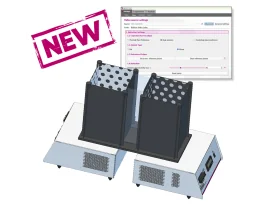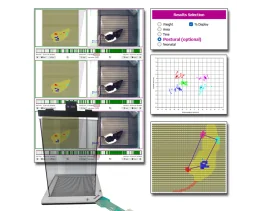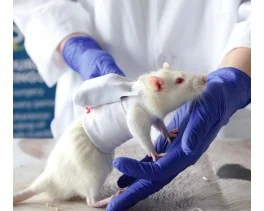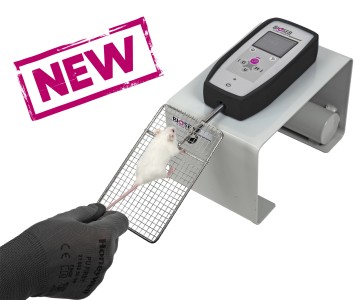Authors
Ali Z, Godoy-Corchuelo JM, Martins-Bach AB, Garcia-Toledo I, Fernández-Beltrán LC, Nair RR, Spring S, Nieman BJ, et al
Lab
Harwell Institute, Didcot, Oxfordshire, UK
Journal
Dis Model Mech.
Abstract
Variants in the ubiquitously expressed DNA/RNA-binding protein FUS cause aggressive juvenile forms of amyotrophic lateral sclerosis (ALS). Most FUS mutation studies have focused on motor neuron degeneration; little is known about wider systemic or developmental effects. We studied pleiotropic phenotypes in a physiological knock-in mouse model carrying the pathogenic FUSDelta14 mutation in homozygosity. RNA sequencing of multiple organs aimed to identify pathways altered by the mutant protein in the systemic transcriptome, including metabolic tissues, given the link between ALS-frontotemporal dementia and altered metabolism. Few genes were commonly altered across all tissues, and most genes and pathways affected were generally tissue specific. Phenotypic assessment of mice revealed systemic metabolic alterations related to the pathway changes identified. Magnetic resonance imaging brain scans and histological characterisation revealed that homozygous FUSDelta14 brains were smaller than heterozygous and wild-type brains and displayed significant morphological alterations, including a thinner cortex, reduced neuronal number and increased gliosis, which correlated with early cognitive impairment and fatal seizures. These findings show that the disease aetiology of FUS variants can include both neurodevelopmental and systemic alterations.
BIOSEB Instruments Used
Grip strength test (BIO-GS4)
Source :

 Douleur - Allodynie/Hyperalgésie Thermique
Douleur - Allodynie/Hyperalgésie Thermique Douleur - Spontanée - Déficit de Posture
Douleur - Spontanée - Déficit de Posture Douleur - Allodynie/Hyperalgésie Mécanique
Douleur - Allodynie/Hyperalgésie Mécanique Apprentissage/Mémoire - Attention - Addiction
Apprentissage/Mémoire - Attention - Addiction Physiologie & Recherche Respiratoire
Physiologie & Recherche Respiratoire




































 Douleur
Douleur Système Nerveux Central (SNC)
Système Nerveux Central (SNC)  Neurodégénérescence
Neurodégénérescence Système sensoriel
Système sensoriel Système moteur
Système moteur Troubles de l'humeur
Troubles de l'humeur Autres pathologies
Autres pathologies Système musculaire
Système musculaire Articulations
Articulations Métabolisme
Métabolisme Thématiques transversales
Thématiques transversales Congrès & Meetings
Congrès & Meetings 